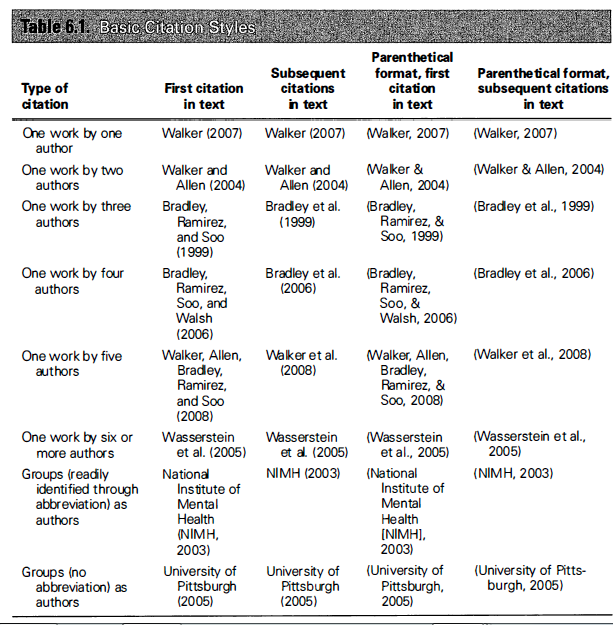Author: Raidell Avello Martínez – Translation: Erika-Lucia Gonzalez-Carrion
Commonly, it is related the citation with the attribution of a text to other source. The citation has an important labor, to support and justify the own arguments (i.e., citing to researchers that refer opinions and criteria in line with ours), or to demonstrate the novelty of the adopted position (highlighting its disagreement or contrast towards the general trend of the critic). It is for that reason that the citation many times is used as rhetoric to persuade to the reader to the own approaches, but the reference of the previous literature is not only a matter of rhetoric or a convention that should be fulfilled. Instead, it is something essential to demonstrate that the text is in relation with the gained knowledge in the field of its discipline and that, therefore, is susceptible of forming up a valuable contribution since the advances suggested by previous investigations. In this sense, the cites help to define the specific context of knowledge or the specific problem towards which go the inquiries of the author.
To develop the citation process, there has been developed different styles as the one of the American Psychology Association (APA), Vancouver, (highly more used in the health sciences), Chicago, Harvard, among others, this rules do not limit to citation, moreover, they propose a series of styles for writing, sections and manuscript format. This indications propose the mode in which the sources are cited, some like Vancouver use the number that is assigned to the source in the list of references, ordered in the order of appearance in the body of the manuscript; others, like APA, use the system name and year, and the references are ordered alphabetically. Moreover, it is required that each source appears in the list of references.
The system of name and year to cite a source has been so popular during many years and is still used in magazines. Its great advantage is the comfort for the author, given that the references are not numbered, they could be added or deleted easily. Even if the list is modified in a great way, “Pérez and López (1998)” it will continue being exactly the same. If there are two or more, “Pérez and López (1998)” the problem will be solved easily citing the first as “Pérez and López (1998a)”, and t he second as “Pérez and López (1998b)”. One of the problems for the system of name and year is for the reader when there is the need of citing a great number of references in the same phrase or paragraph, which could make it difficult the reading.
To this several styles, there is the need to add that each magazine make its adjustments and particularizations of the style selected as basis, which is necessary to take into account when presenting a manuscript to a magazine, to avoid a first immediate rejection for the editorial team. For example, Comunicar journal is adjusted to APA style (see. 6) in a general way; however, when reviewing the text of its articles, it could be found that to make references to a specific page of a source the colon are used (i.e.: García, 2011:89), but when referring to the APA manual, it is used the prefix “p” (i.e., García, 2011, p.89), this simple example illustrates us that it does not only imply to review the norms for authors of the journal, but also to review the practices of the same.
The citation of a text could be done in several ways in dependence of the explicit in the cite. In the case of APA, in its last version, the 6th, there exist 3 ways of citation (the examples are taken from Comunicar 53, 2017):
In the case that neither the author, nor the date appear as part of the narrative, it is not necessary to introduce any element, only to add the source in the list of references, example: “If we direct our attention to the use of Twitter by Millenials, reports of 2016 position this network as a platform…”
In the case that the author appears as part of a narrative, it is in parenthesis, the year of publication, example: “The need and importance of educating in the use of the media has a great walk in our recent history that begins in the 80s with the Grunwald declaration (1982), promulgated by UNESCO”.
In other case, it is closed in parenthesis the author and year of publication, separated by a comma, example: “And this citizens have found in the cyber activism an effective instrument to direct their ideas and fight for their objectives (Tascón & Quintana, 2012). ”
This citation system is not restricted to this examples, there are other precisions and cases in which it is necessary to consult the norms to make it in a correct way, as it is the cite in dependency of the quantity of authors, citation order, authors with the same last names, textual cites bigger than 40 words, etc. In the case of APA, the norms could be consulted in its website and in other manuals that publish institutions to help their students and teachers to face this process. In the manual of APA it appears a table that seems to be an excellent summary of the majority of cases that could be presented:

Source: Publication Manual of the American Psychological Association (2010, p. 177)
Finally, it is necessary to outline that the practice of using reference managements as Zotero, EndNote, Mendeley, among others, could help us to make this process in an automatic way, and only at the end, make some adjustments according to the modifications of each magazine.

